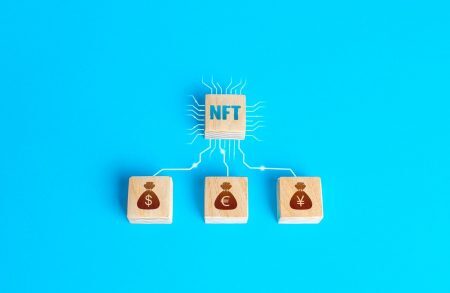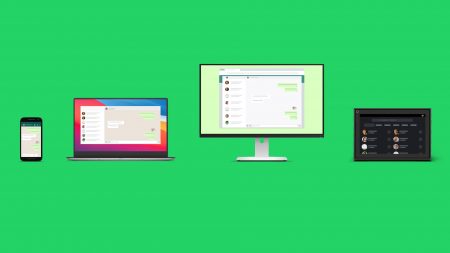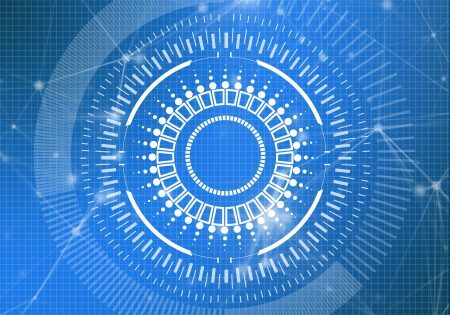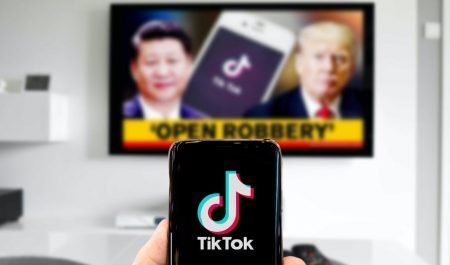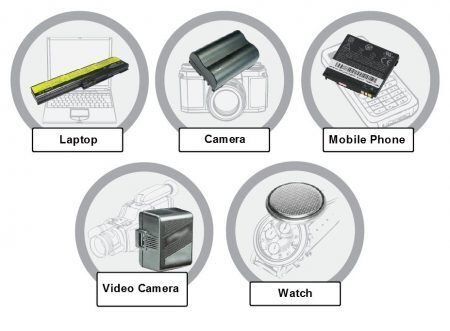The James Webb Space Telescope is scheduled to head to space on Dec. 18, 2021. With it, astronomers hope to…
Browsing: explainer
NFTs or non-fungible tokens first captured the public imagination when a digital collage by an artist named Beeple sold for US$69 million…
The world’s favourite messaging service WhatsApp has spent much of this year adding new features (partly, we think, to make…
Around the world, bitcoin has a mixed reputation. Owning and using the cryptocurrency is legal in a majority of nations,…
Takeaways · Nonfungible tokens prove ownership of a digital item – image, sound file or text – in the same way…
Last week, Christie’s sold a digital collage of images called “Everydays: The First 5000 Days” for US$69.3 million dollars. This week,…
The world of computing is full of buzzwords: AI, supercomputers, machine learning, the cloud, quantum computing and more. One word…
Plot twists in the TikTok saga continue to emerge daily, with a proposed deal to secure the future of the…
The digital economy has been getting a lot of attention, with increasingly strong headlines offering apocalyptic as well as breathtakingly exciting scenarios. Some warn of job losses due to automation, some wonder at the things digital technology can do. And then there’s real scepticism about whether this will translate into delivering to people who need it most.
The smartphone era is only just over a decade old, but the pocket-sized computers at the heart of that societal transformation are only really possible because of another technology: lithium-ion batteries.


